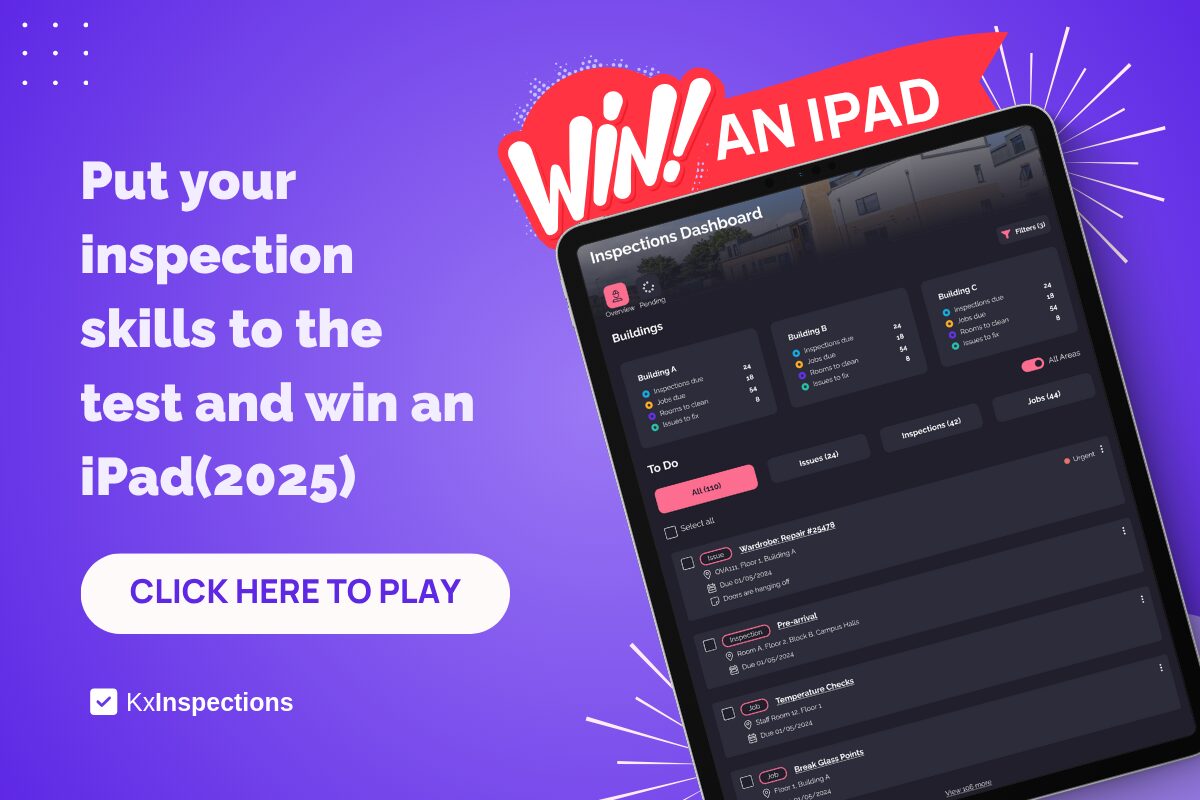Rethinking how higher education hospitality teams work, communicate, and serve when it comes to catering.
Across higher education, catering teams are navigating an increasingly complex environment. From daily service to bespoke events, internal requests to external bookings, the demand for speed, accuracy, and a better customer experience has never been higher.
Yet many institutions are still managing catering with tools and processes that don’t speak to each other. Information is duplicated, teams operate in silos, and valuable time is spent fixing errors that could be avoided with the right systems in place.
But what does a truly connected catering setup look like and what difference could the right tool make?
Where Teams Work as One
In a well-connected setup, catering doesn’t operate in isolation. It works seamlessly alongside events, finance, and front-of-house teams. Everyone sees the same information, at the same time, in the same place.
A connected catering system is built for more than just the catering office. It brings together your:
- Kitchen teams preparing meals with confidence
- Events coordinators planning with accurate, real-time data
- Finance departments seeing clean cost-code data with fewer manual fixes
- Customers enjoying a smooth, branded digital journey from order to delivery
Rather than chasing down updated orders or trying to reconcile changes across spreadsheets and emails, each department collaborates through a shared platform. Communication becomes faster, errors fewer, and confidence higher, because there’s no ambiguity about who’s doing what, or when.
This kind of unity not only improves operational efficiency but also reduces the pressure on individuals. When systems support collaboration, teams can focus on delivering quality service, not fixing gaps in information flow.
Where Accuracy Isn’t Optional
When meal orders are changed last minute or dietary preferences are updated, there’s often a narrow window to ensure the production team is updated, particularly when most like to have orders printed out on paper. In disconnected systems, these updates can easily fall through the cracks, resulting in the wrong food being served, increased waste, or customers left disappointed.
The right tool ensures that updates are immediate and visible to all the people who need them. Accuracy becomes the default, not the exception. Kitchen teams prepare with confidence, events teams coordinate with clarity, and service staff deliver a better experience, especially during high-pressure moments when precision matters most.
This also means that the data generated on orders, fulfilment, and customer preferences can be trusted. And when data is trustworthy, reports become actionable. Trends emerge. Waste is reduced. Opportunities for improvement can be seen and acted on.
Where the Customer Experience Reflects Your Standards
Your customer’s catering journey is often part of a broader experience, whether for students, staff, visitors or external clients. That journey starts with the first interaction: the website or ordering interface.
When that experience feels generic, unclear or outdated, it doesn’t just reflect poorly on the hospitality team, it reflects on the institution as a whole.
The right digital experience reflects the university’s identity. Customers feel confident using a well-branded platform that looks and feels professional. They can find what they need quickly, filter by preferences or dietary requirements, view clear imagery and descriptions, and receive prompt updates on their orders.
It’s not just about aesthetics. A good interface supports commercial goals: upselling meal packages, promoting offers, encouraging repeat orders, and streamlining payment. It also reduces the workload on staff—because when the experience works well, fewer people need to intervene.
Where Finance Isn’t Left Cleaning Up
When entered incorrectly, cost codes can create a cascade of manual tasks. Finance teams have to investigate and contact customers to reconcile. It’s a lot of effort to solve a problem that shouldn’t exist in the first place.
In a connected setup, finance isn’t an afterthought, it’s integrated into the process from the beginning. Customers are linked to the correct codes automatically. Transactions are tracked. Reconciliation is straightforward. The right systems protect both data integrity and team capacity.
This level of integration ensures that financial data is not only accurate but available when it’s needed. And with confidence in that data, senior leaders can make better strategic decisions.
The Right Tool Changes Everything
The reality is that most catering teams aren’t struggling because of people; they’re struggling because of process and systems that were never designed to meet today’s demands.
The difference between firefighting and flourishing often comes down to the tools in use. When those tools bring departments together, surface the right data, and elevate the customer experience, everything improves.
If you’re exploring what this could look like for your institution, we’d love to show you.
Join the early access waitlist and take a closer look at the connected catering solution designed specifically for higher education.







